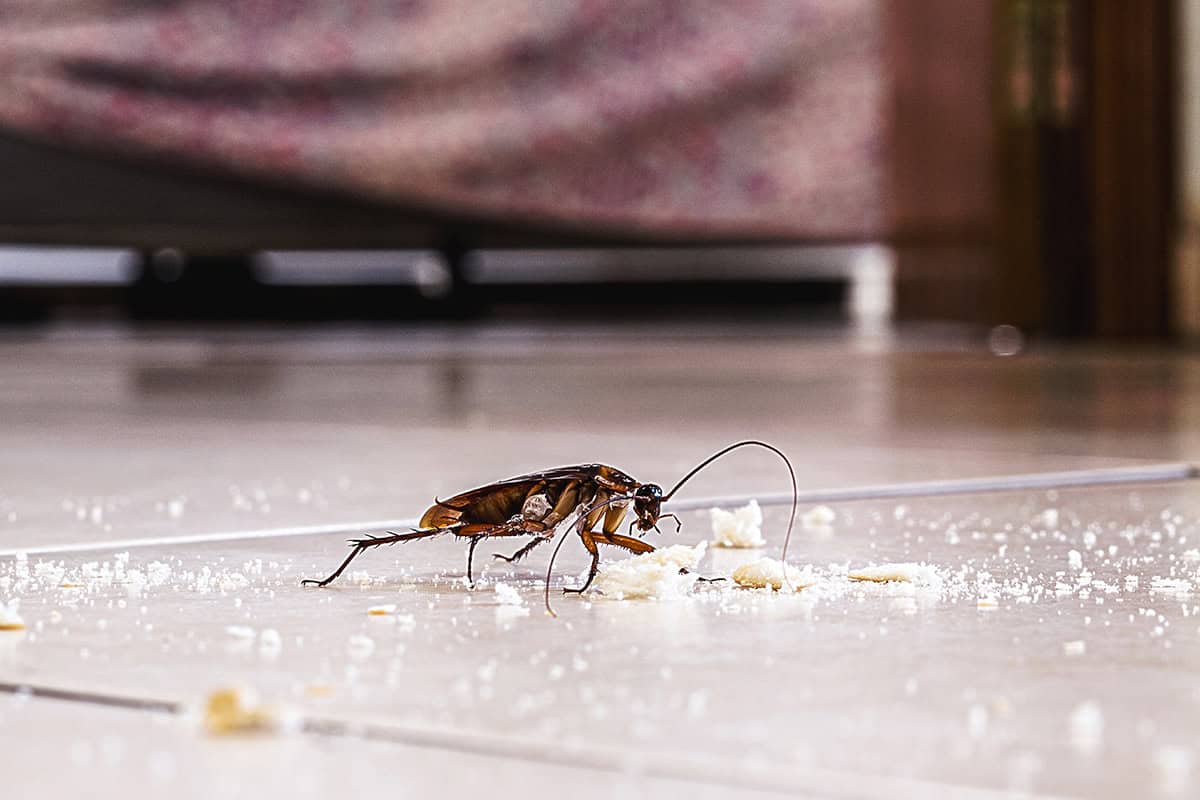Pests can be a major nuisance in any home, causing damage, spreading disease, and creating an unhealthy living environment. Identifying and preventing household pests is essential to maintaining a safe and comfortable home. In this guide, we will explore the most common household pests, how to recognize their presence, and effective prevention methods.
Common Household Pests and How to Identify Them
Ants
Ants are one of the most frequent household pests. They typically enter homes in search of food and water. You may notice trails of ants leading to food sources, especially in the kitchen. Some species, such as carpenter ants, can cause structural damage by burrowing into wood.
Prevention Tips:
- Keep food sealed in airtight containers.
- Clean up crumbs and spills immediately.
- Seal cracks and crevices around windows and doors.
- Remove sources of standing water.
Cockroaches
Cockroaches thrive in warm, humid environments and are often found in kitchens, bathrooms, and basements. They are known to spread bacteria and allergens, potentially triggering asthma and other health issues. Signs of an infestation include droppings, musty odors, and shed skins.
Prevention Tips:
- Store food in sealed containers and avoid leaving pet food out overnight.
- Fix leaks to eliminate excess moisture.
- Keep your home clean and clutter-free.
- Use caulk to seal entry points.
Rodents (Mice and Rats)
Mice and rats can cause significant damage by chewing wires, insulation, and furniture. They also carry diseases that pose health risks to humans. Common signs of rodents include droppings, gnaw marks, and scratching noises in walls or ceilings.
Prevention Tips:
- Store food in metal or glass containers with tight lids.
- Block entry points by sealing holes and gaps.
- Keep garbage tightly covered and dispose of waste regularly.
- Set traps in areas where rodent activity is suspected.
Termites
Termites can cause severe structural damage by feeding on wood. They are often difficult to detect until the damage is extensive. Signs of termites include hollow-sounding wood, mud tubes along walls, and discarded wings.
Prevention Tips:
- Keep firewood and wood debris away from your home.
- Ensure proper ventilation to reduce humidity.
- Regularly inspect wooden structures for damage.
- Schedule professional termite inspections.
Spiders
While most spiders are harmless, some species, such as the black widow and brown recluse, can pose health risks. Spiders are often found in dark, undisturbed areas such as basements, attics, and garages. Webs and egg sacs are clear indicators of their presence.
Prevention Tips:
- Reduce clutter to eliminate hiding spots.
- Seal cracks and crevices in walls and windows.
- Regularly vacuum and dust your home.
- Use yellow outdoor lighting to reduce insect attraction.
Mosquitoes
Mosquitoes are not only a nuisance but also transmit diseases such as West Nile virus and Zika virus. They breed in standing water and are most active at dawn and dusk.
Prevention Tips:
- Eliminate standing water in birdbaths, gutters, and flower pots.
- Install screens on doors and windows.
- Use insect repellent when spending time outdoors.
- Maintain well-trimmed landscaping to reduce resting areas.
Bed Bugs
Bed bugs are small, reddish-brown insects that feed on human blood. They are commonly found in bedding, furniture, and cracks in walls. Signs of an infestation include red, itchy bites, small bloodstains on sheets, and dark fecal spots on mattresses.
Prevention Tips:
- Inspect secondhand furniture before bringing it inside.
- Use protective covers on mattresses and pillows.
- Regularly wash and dry bedding on high heat.
- Vacuum frequently and dispose of the vacuum bag immediately.
Effective Pest Prevention Strategies
Maintain Cleanliness
A clean home is less attractive to pests. Regularly sweep, vacuum, and mop floors, wipe down countertops, and take out the trash. Keeping food stored properly and reducing clutter can help deter pests.
Seal Entry Points
Pests often enter homes through cracks and gaps around doors, windows, and pipes. Use caulk or weather stripping to seal openings and prevent access.
Proper Waste Management
Dispose of garbage regularly and use trash cans with tight-fitting lids. Keep outdoor bins away from your home’s foundation and clean them frequently.
Address Moisture Issues
Many pests are drawn to moisture. Repair leaky pipes, ensure proper ventilation in damp areas, and use dehumidifiers if necessary.
Work with a Professional Pest Control Service
Even with the best preventive measures, some infestations require professional intervention. If you notice persistent pest activity, it may be time to contact a pest control St Petersburg expert.
For residents needing pest control St. Petersburg FL, our team at Pest Control Solutions & Services offers reliable and effective solutions. Whether you’re dealing with ants, rodents, termites, or any other pest, we provide thorough inspections and customized treatment plans.
About Pest Control Solutions & Services
Pest Control Solutions & Services is dedicated to providing top-quality pest management for homes and businesses. Our experienced team uses effective, environmentally responsible methods to handle all types of pest problems. We offer customized treatments, preventive solutions, and expert advice to ensure long-term pest control. If you’re looking for St. Petersburg pest control services, contact us today for a consultation and take the first step toward a pest-free home.
Looking for reliable pest control Kansas City MO? Kansas City Pest Control provides expert solutions to eliminate unwanted pests from your home or business. Whether you’re dealing with rodents, termites, bed bugs, or other nuisances, our experienced team uses safe and effective treatments to keep your space pest-free. Protect your property and ensure peace of mind with professional pest control services tailored to your needs. Contact us today to schedule an inspection!



